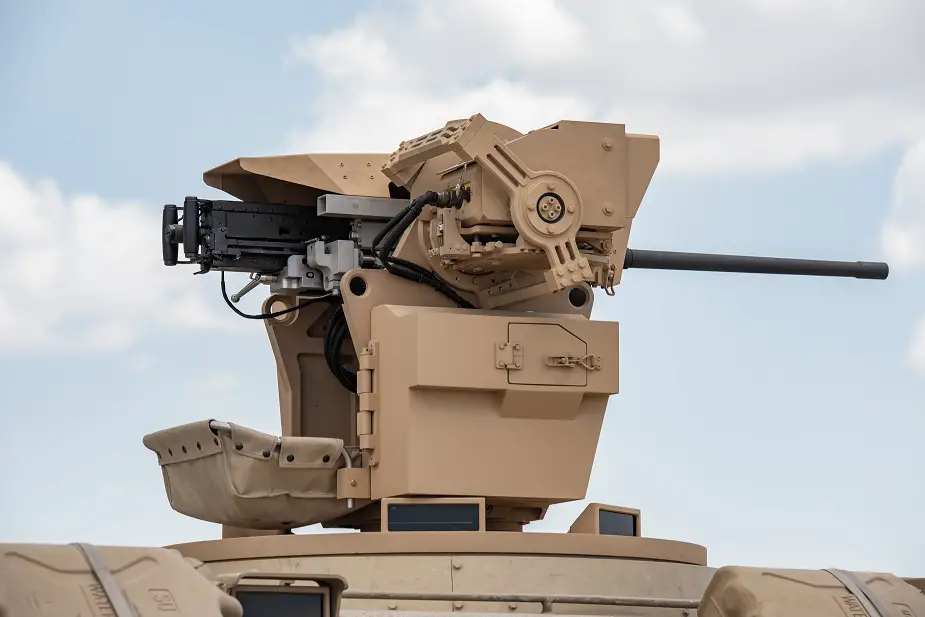


It is because of the SS109 core has its tip with hardened steel, while, the M193 has a core made entirely of lead. As you can see the 5.56 X 45 (SS109) is more aggressive than the 5.56 x 45 (M193). Hence, BPRV (Blast & Penetration Resistant Vehicle) industry recently evaluated it through the Penetration Power Index, that could be a best way to measure the projectile damage potential due to it considers: The Kinetic energy density, Projectile hardness and the Projectile incendiary capability.īelow you can find the Penetration Power of the ammunitions. The Kinetic energy does not consider the projectile incendiary capability.įor these reasons, the kinetic energy is inaccurate indication about the projectile power.This property is paramount to know the Power damage.

This measure does not consider the projectile´s hardness.The kinetic energy is a way to measure the ammunition´s damage potential, which does however possess two striking disadvantages: It looks 5.56x45mm SS-109/M855/DM11 and 7.62 x 51 mm M80 ball part of BS EN 1522:1999 class FB6 and M193 is an addition to both bullets of BS EN 1522:1999 class FB6 to make NATO STANAG 4569 Level I ammunitions. This is one of the most stringent vehicle armor test protocols used.To stop the 7.62x51mm M80 with kinetic energy 3349J, with KE density 70.10J/mm2 and 5.56x45mm SS109/M855/DM11, with kinetic energy 1620J, with KE density 63.52J/mm2, demand HHA (high hardness armour) steel to MIL-A-46100, 6.5mm 500BHN.īut to stop 5.56x45mm M193/SS92, with kinetic energy 1563 J, and KE 61.27J/mm2 (lesser than 7.62x51mm M80 and 5.56x45mm SS109/M855/DM11 ammunitions), demand HHA (high hardness armour) steel to MIL-A-46100, 9.0mm 500BHN will be enough. STANAG 4569 and AEP-55 define the test projectiles and procedure for armoring vehicles according to NATO standards.


 0 kommentar(er)
0 kommentar(er)
